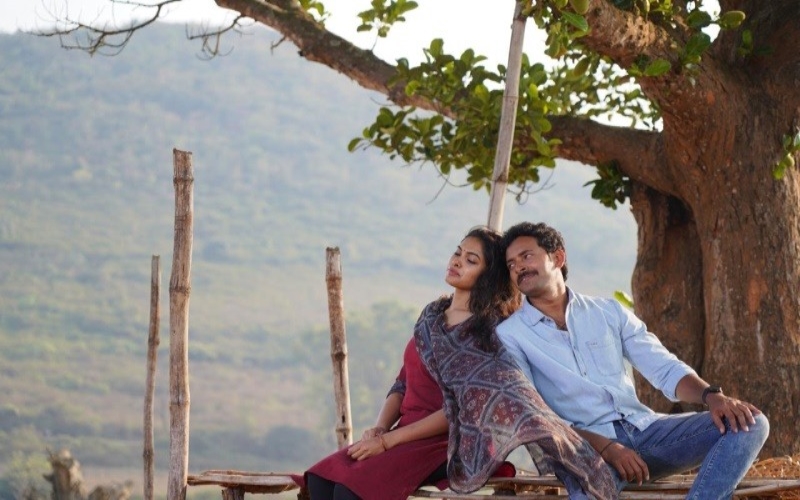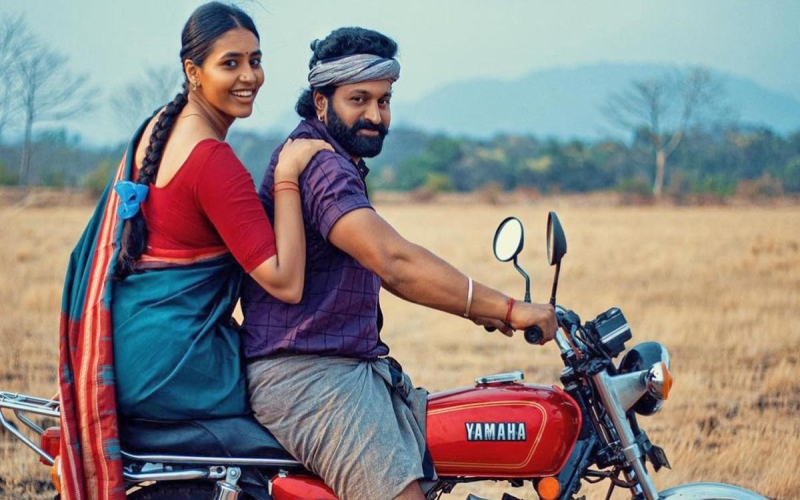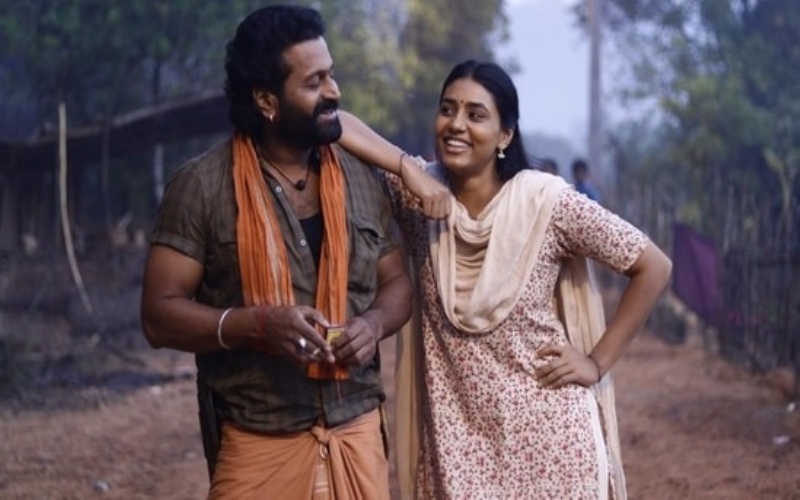
Introduction
Love stories have been an integral part of human history, shaping literature, music, cinema, and even radio broadcasts. Across different cultures and eras, the concept of love has been expressed through various mediums, allowing it to transcend physical boundaries and touch millions of hearts. In this article, we explore how love stories have journeyed through airwaves and culture, influencing societies and personal connections worldwide.
The Evolution of Love Stories in Media

Love stories have evolved alongside media advancements, from oral traditions to digital streaming. Each medium has contributed to shaping the way love is perceived and expressed.
-
Oral Traditions and Literature
- Early civilizations passed down love stories through oral traditions, such as Homer’s Iliad and Odyssey, where romantic subplots were intertwined with heroism.
- The written word further immortalized love tales, with classics like Romeo and Juliet, Pride and Prejudice, and Wuthering Heights capturing the essence of romance.
-
Radio and the Golden Age of Broadcasting
- The advent of radio in the early 20th century brought love stories to the airwaves, captivating audiences with serialized romantic dramas.
- Shows like Lux Radio Theatre adapted famous love stories into radio plays, making romance accessible to a broader audience.
- Love songs, particularly in the 1950s and 1960s, became a dominant force on the radio, with artists like Elvis Presley and The Beatles conveying emotions through melodies and lyrics.
-
Cinema and Television’s Role in Love Narratives
- Hollywood’s Golden Age saw the rise of romantic films that set cultural benchmarks for love stories, such as Casablanca, Gone with the Wind, and Breakfast at Tiffany’s.
- Television introduced iconic love stories through soap operas and romantic comedies, shaping viewers’ perceptions of relationships and love.
- IMDb ratings have played a significant role in determining the popularity and reception of love stories in cinema and television, influencing audience preferences and critical recognition.
-
Digital Era: Podcasts, Streaming, and Social Media
- The internet has revolutionized love stories, with podcasts and online storytelling platforms bringing fresh perspectives to romance.
- Streaming services like Netflix and Amazon Prime have diversified love narratives, allowing for cross-cultural love stories to gain global recognition.
- Social media platforms enable people to share personal love journeys, fostering a culture of connectivity and relatability.
- IMDb ratings for digital content provide insights into audience reception and trends, shaping the future of love stories in entertainment.
Cultural Influences on Love Stories

Different cultures have distinct ways of portraying love, reflecting societal values and traditions.
-
Western Love Narratives
- Western cultures often emphasize individualistic romantic ideals, such as passionate love and personal choice in relationships.
- Hollywood films and Western literature depict love as a journey of personal growth, often intertwined with themes of destiny and self-discovery.
-
Eastern Perspectives on Love
- Eastern cultures, including those in Asia and the Middle East, often emphasize family, duty, and societal harmony in love stories.
- Bollywood, for instance, incorporates music, dance, and drama to depict love, blending traditional and modern elements.
-
Love Stories in African and Latin American Cultures
- African folklore and oral storytelling celebrate love with deep-rooted traditions, highlighting themes of community and resilience.
- Latin American telenovelas have become global sensations, dramatizing love stories with passion, intrigue, and strong family ties.
The Impact of Love Stories on Society
Love stories influence cultural norms, relationship expectations, and emotional connections. They serve as a source of hope, escapism, and emotional resonance, allowing individuals to relate their personal experiences to fictional or real-life narratives. Furthermore, love stories contribute to shaping gender roles, relationship ideals, and societal expectations around romance.
Conclusion
The journey of love stories through airwaves and culture is a testament to their timeless relevance. As media continues to evolve, love stories will adapt and find new ways to resonate with audiences across generations. Whether through literature, radio, cinema, or digital platforms, love remains a universal theme that unites humanity in its most profound expression of emotion.